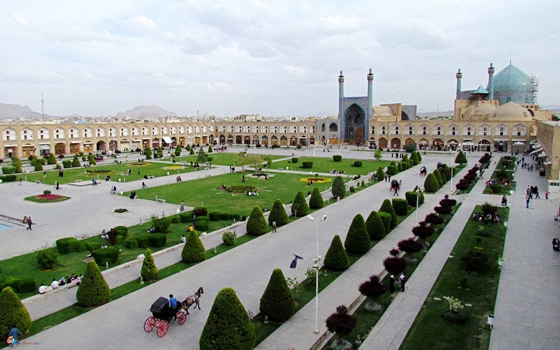Iran will grant years of tax exemption to both domestic and foreign businesses and individuals as an incentive for ramping up investments in its tourism sector, Deputy Economy Minister Mohammad Khazaei said.
“The tax exemption [strategy] has been envisaged for a period of 13 years for investments in underprivileged areas, and five years for other parts of the country,” ISNA quoted Khazaei as saying.
“In addition, overseas investors in every sector will be offered a three-year residence permit that is extendable,” he added.
Khazaei made the remarks in an address to the International Tourism Investment Conference, which brought together a panel of top Iranian officials and businesses executives along with representatives of hotel builders, investors, and hoteliers from about 20 countries.
Another speaker to the summit, Masoud Soltanifar who is the director of Cultural Heritage, Tourism, and Handicrafts Organization, cited that foreign tourist arrivals in Iran has been more than double that of the global average since the implementation of the nuclear deal, known as the JCPOA.
Vinci Construction from France, Daelim Hotel form South Korea, and Steigenberger Hotel Group from Germany are among the attendees to the two-day event that revolved around the motto of “100 Hotels, 100 Businesses.”
Other corporations and holding companies are coming from the Netherlands, Portugal, Singapore, Thailand, Turkey, Spain, South Africa, the United Arab Emirates and Azerbaijan.
Iranian Minister of Finance and Economic Affairs Ali Tayyebnia has said that as of the implementation of the nuclear deal in January, great opportunities and special incentives have been created in Iran to attract foreign investors.
“Limitations have been converted into advantages, and challenges are changed into opportunities,” he said, adding, “It is time for foreigners to experience safe and sound investments in Iran.”
The undated photo above shows travelers visit Imam Square in central Iranian city of Isfahan. The UNESCO World Heritage site, constructed between 1598 and 1629, is also called Naqsh-e Jahan Square.
Tehran Times
7 October






















































